Concealer is one of the hardest workers in a makeup routine. It’s tasked with everything from brightening dark circles to camouflaging blemishes, making skin look preternaturally even and radiant — which, let’s be clear, isn’t always (or ever) reality. And while other products, such as foundation and tinted moisturizer, can definitely help give the appearance of healthy skin, few things can beat the coverage and precision of a classic concealer formula.
Plus, concealers are surprisingly versatile. You can layer them with color correctors for a no-makeup makeup look, or pair them with your usual foundation when you want to go the extra mile for polished skin. And they’re ideal for touch-ups as needed, like when you have a big event or a night out ahead of you. With that, here’s what you should know about concealer — and how to use it to get the best possible results.
Why use a concealer?
The first rule of concealer? There are no rules — you can use them to conceal every kind of discoloration, says makeup artist Misty Spinney. “Blemishes, the crease of your nostrils, which tend to be a little red for some, and the under-eyes are the common known areas to conceal,” she says. However, once you’re comfortable, you can use concealer as a subtle highlighter, applying it to the bridge of the nose, onto the brow bones and cupid’s bow, and to the inner corners of the eyes.
How to choose a concealer
While concealers come in a variety of formats, such as powders and sticks, a creamy texture is usually your best bet. “As a makeup artist — and as a woman who occasionally wears concealer — I do prefer cream concealer, whether the cream is in a pod, stick, tube, et cetera,” says Spinney. “Creams tend to be easier to apply and to blend, not to mention offer a longer-lasting experience.”
Certain features, like strategic ingredients or a certain level of coverage, can help determine what a given formula best targets. For instance, Clove + Hallow Conceal + Correct has medium (yet buildable) coverage, so it can tackle darker shades from blemishes or hyperpigmentation. The Kosas Revealer Super Creamy + Brightening Concealer and Daytime Eye Cream, meanwhile, features luminizing pigments that add brightness, which can address tired eyes. And the buttery texture of RMS Beauty “Un” Cover-Up melts into skin, tackling redness and dark spots alike.
The shade is also key: One that’s close to your skin tone and not a touch lighter — as some have recommended — is preferable; when you have dark under-eye circles and opt for a lighter shade, the area can start to look gray.
Not sure what kind of color or coverage you need? We’ve got it — pun very intended — covered with the 3-min NakedPoppy assessment, which will give you all the answers you need.
How to use concealer in your makeup routine
As always, start with your skincare routine. With the three foundational steps covered, skin will be properly hydrated, allowing for seamless blending and a natural finish. Bonus points if you add an eye cream, such as NakedPoppy Awaken Eye Cream, to nourish the under-eye area if you’re applying concealer there. Then, get started with your makeup routine. Here’s what Spinney recommends:
- Step 1: First, apply your foundation or tinted moisturizer. That allows you to see how much concealer you actually need.
- Step 2 (optional): Then, use a brush to apply color corrector to areas of discoloration, such as purple beneath the eyes or redness on the cheeks.
- Step 3: Once you’ve let your color corrector set, apply a layer of concealer to blemishes, under-eyes, or any other area that needs to be evened out. Pro tip: Spinney emphasizes that less is more — so, first spot treat with a dab and blend with either a fluffy concealer brush or your fingertips.
- Step 4 (optional!): Lightly dust setting powder over the concealer to set it and keep it from budging.
Once that’s done, you can move on to your bronzer, blush, highlighter, or any other complexion makeup you want to add.
The best part of the application process is that you can pick and choose as many steps as you want to incorporate — technically, they’re all optional. You can skip foundation and opt for concealer and color corrector alone, or simply stick with concealer if that’s what you prefer. Ultimately, concealer can be whatever you need it to be. And if that’s not the mark of a makeup MVP, we’re not sure what is.
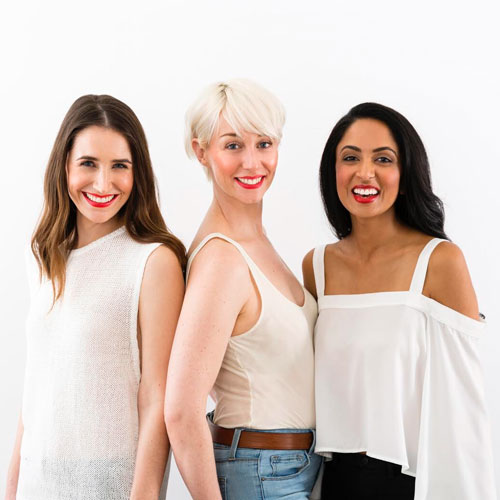
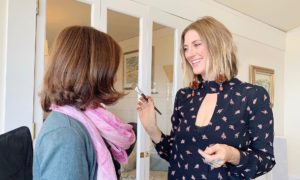
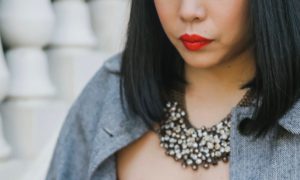
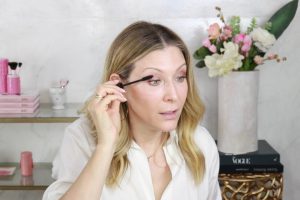
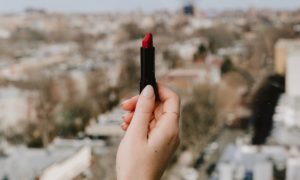

Comments